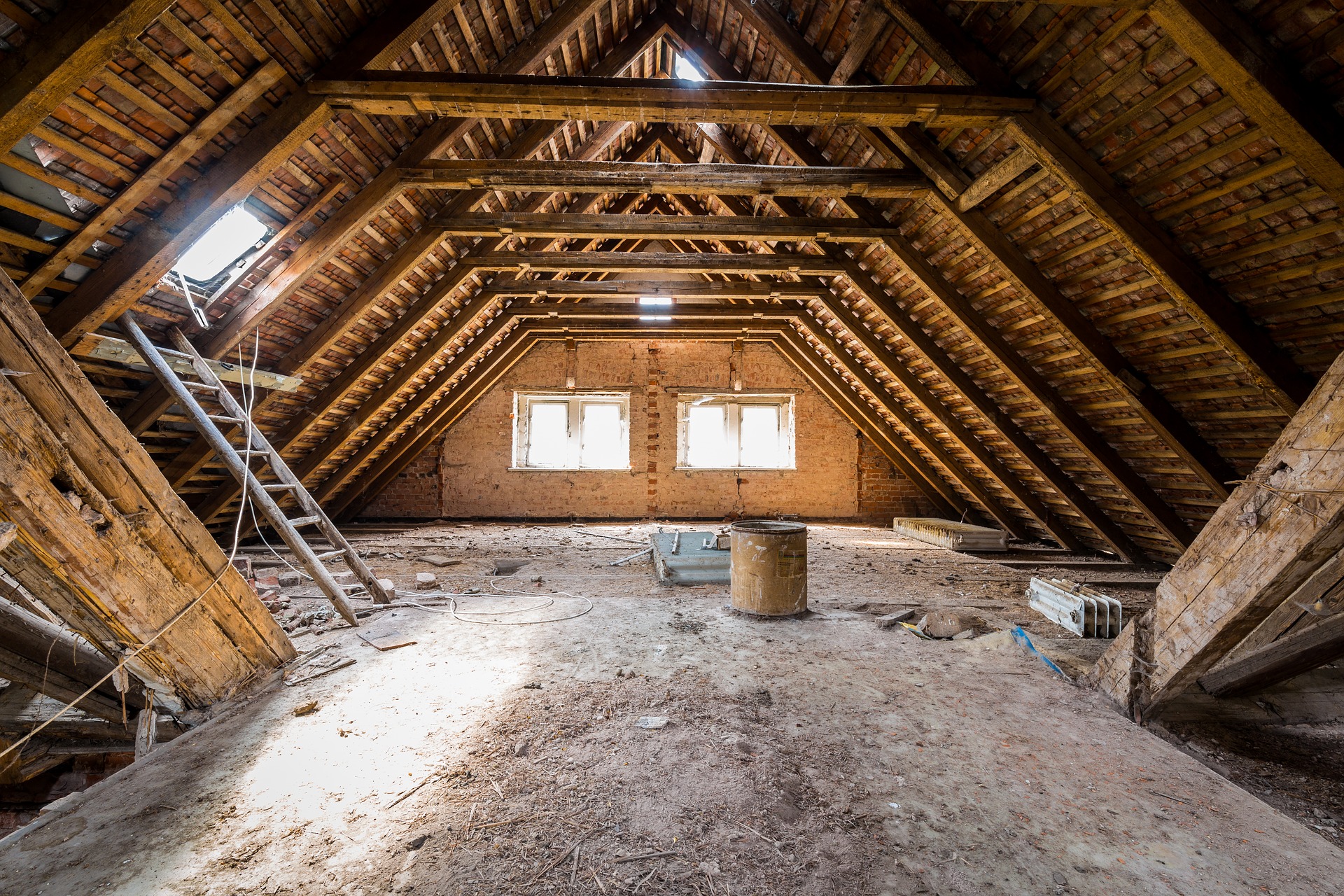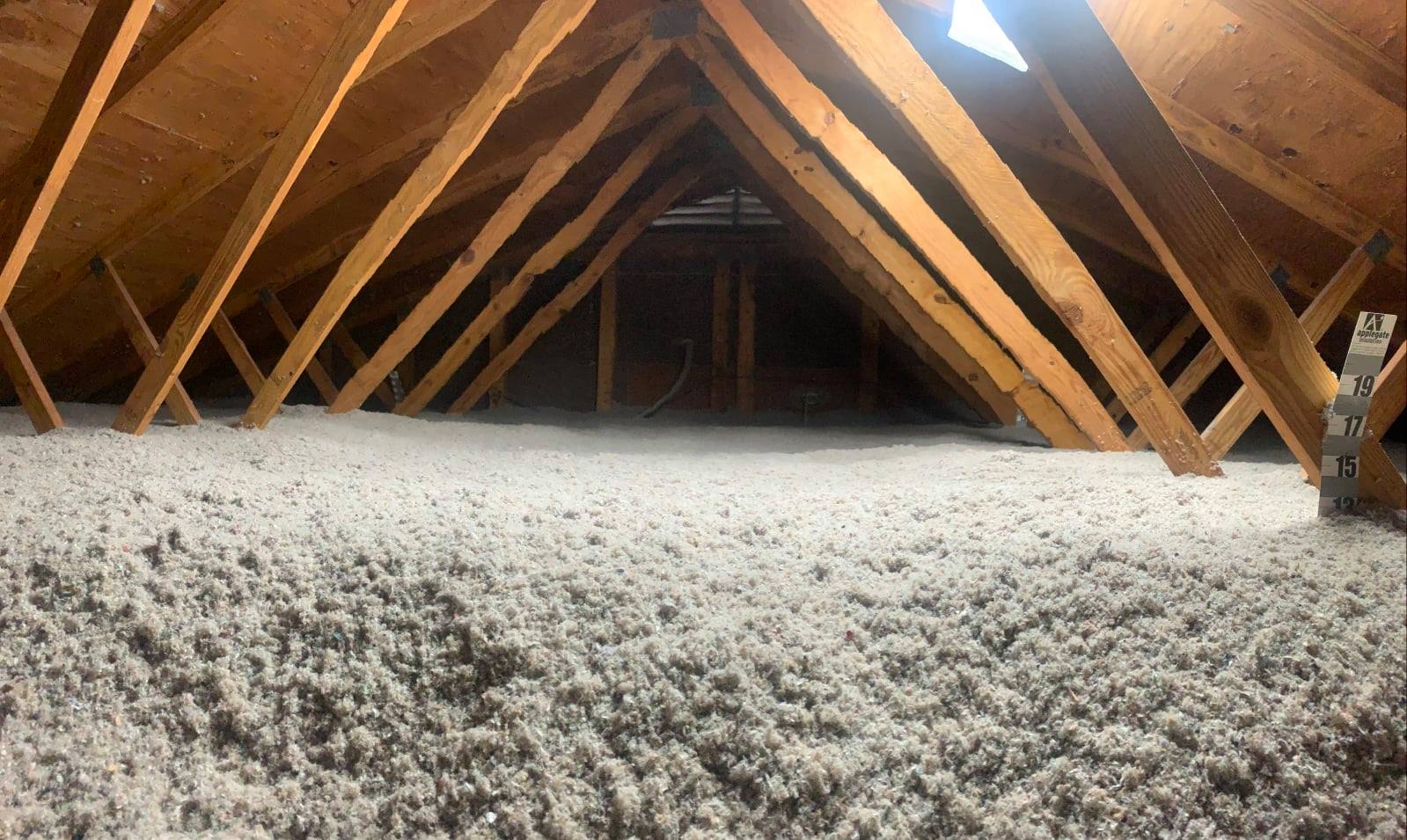Discover the Various Kinds Of Attic Insulation and Their Distinct Advantages for Your Home's Energy Performance

Fiberglass Insulation
Fiberglass insulation is just one of one of the most commonly utilized materials for attic insulation as a result of its outstanding thermal efficiency and cost-effectiveness. Made up of tiny glass fibers, this material successfully traps air, developing an insulating barrier that helps preserve regular interior temperature levels. Its high R-value per inch makes it especially reliable at withstanding warm transfer, which is crucial for energy conservation in homes.
Installation of fiberglass insulation is reasonably simple, commonly readily available in batts or loose-fill forms, suiting various attic setups. Additionally, it is non-combustible and resistant to moisture, reducing the risk of mold and mildew growth. This sturdiness adds to its longevity, making fiberglass a feasible long-lasting financial investment for property owners.
Additionally, fiberglass insulation is often manufactured from recycled products, which enhances its eco-friendliness. The product can additionally add to soundproofing, decreasing noise transfer in between spaces. While it is necessary to use safety gear throughout installation to avoid irritation from the fibers, the overall benefits of fiberglass insulation, including energy financial savings and ecological factors to consider, make it a popular choice for improving attic performance and promoting a comfortable living setting.
Spray Foam Insulation
Spray foam insulation is a very efficient alternative for attic insulation, understood for its premium air sealing and thermal performance. This cutting-edge insulation product is made up of a mixture of isocyanate and polyol resin, which, when combined, expands rapidly to fill up voids and cavities in the attic space. Its ability to comply with different surfaces ensures a continuous barrier versus air leakages, significantly reducing warmth loss during cooler months and warmth gain throughout warmer periods.
One of the vital advantages of spray foam insulation is its high R-value per inch, which suggests it provides outstanding thermal resistance in a reasonably thin application. This is particularly helpful in attic rooms where space is typically minimal. In addition, spray foam can assist lessen moisture build-up, decreasing the risk of mold and mold development, which can be harmful to both the structure and indoor air quality.
While the preliminary expense of spray foam insulation might be greater than traditional alternatives, its long-lasting power savings, combined with enhanced comfort and enhanced home worth, make it a beneficial investment for homeowners looking for boosted energy effectiveness. Attic Insulation DFW. Generally, spray foam insulation stands out as an efficient service for maximizing attic insulation
Cellulose Insulation

Cellulose insulation is a prominent choice for attic insulation, mostly made up of recycled paper items treated with fire resistants. This eco-friendly choice is recognized for its excellent thermal efficiency, efficiently decreasing warm transfer in both summer season and winter season. The thick make-up of cellulose allows it to load voids and gaps in attic spaces, giving a seamless barrier versus air leakages.
One of the significant benefits of cellulose insulation is its capacity to stand up to mold and parasites, owing to the fire retardant therapies made use of during manufacturing. Additionally, it boasts a high R-value per inch, which equates right into superior power performance. Home owners can anticipate reduced cooling and heating costs as a result of boosted insulation.
Setup is generally achieved with blowing loosened cellulose into the preferred location, permitting for a effective and fast procedure. This approach additionally lessens disturbance to the existing framework. Additionally, cellulose insulation has a reasonably low ecological effect, as its production procedure uses recycled materials, adding to sustainable building methods.
Rock Woollen Insulation
Amongst the different alternatives for attic room insulation, rock wool, also called mineral wool, stands apart due to its outstanding thermal and acoustic click over here performance. Made from recycled or all-natural materials, rock woollen is developed by thawing rock and spinning it right into fibers, causing a product that offers outstanding insulation properties.
Among the substantial benefits of rock woollen insulation is its high R-value, which indicates its effectiveness in resisting warmth flow. This particular not just boosts power efficiency however also adds to keeping a comfortable interior temperature year-round. Additionally, rock woollen is inherently fireproof, making it a much safer choice for homes as it can endure heats without melting or releasing harmful fumes.
Additionally, rock wool insulation excels in soundproofing capabilities, successfully decreasing sound transmission in between rooms and from outside sources. This makes it an ideal selection for property owners seeking a serene living setting. In addition, rock wool is moisture-resistant, helping to stop mold and mildew development and maintaining the structural integrity of the attic space. On the whole, rock woollen insulation gives a comprehensive remedy for enhancing power effectiveness, safety, and convenience in household settings.
Radiant Barrier Insulation
Radiant obstacle insulation works as an effective solution for reducing warm transfer in attic rooms, specifically in warmer climates. This sort of insulation jobs by reflecting convected heat away from living spaces, therefore lowering the amount of heat that gets in a home throughout warm climate - Attic Insulation DFW. Typically made up of a highly reflective material, such as aluminum foil, radiant obstacles are set up in attics, encountering the roof, where they can intercept inbound warm from the sunlight
The main advantage of radiant obstacle insulation is its capability to reduced air conditioning costs. By reflecting warm instead of absorbing it, radiant obstacles can help maintain a much more secure indoor temperature, lowering the workload on air conditioning systems. This performance translates into reduced power costs and enhanced comfort for homeowners.
In addition to energy cost savings, radiant obstacles can additionally add to improved indoor air quality. By reducing heat accumulation, they aid lessen moisture levels, which can stop mold and mildew development and enhance general air next circulation. When set up correctly, glowing barrier insulation can be a very useful enhancement to any energy-efficient home, making it a worthwhile consideration for home owners wanting to improve their attic insulation strategy.
Final Thought
In final thought, understanding the numerous kinds of attic room insulation-- fiberglass, spray foam, cellulose, rock wool, and glowing obstacles-- makes it possible for home owners to make enlightened decisions pertaining to energy efficiency. Each insulation kind offers special benefits, such as exceptional thermal resistance, wetness monitoring, and sound attenuation. By choosing the proper insulation product, significant reductions in energy costs can be accomplished, along with improvements in indoor comfort. Inevitably, the best option adds to a more lasting living environment and advertises general power conservation.

In verdict, recognizing the various types of attic insulation-- fiberglass, spray foam, cellulose, rock wool, and radiant barriers-- enables house owners to make educated decisions pertaining to power efficiency.